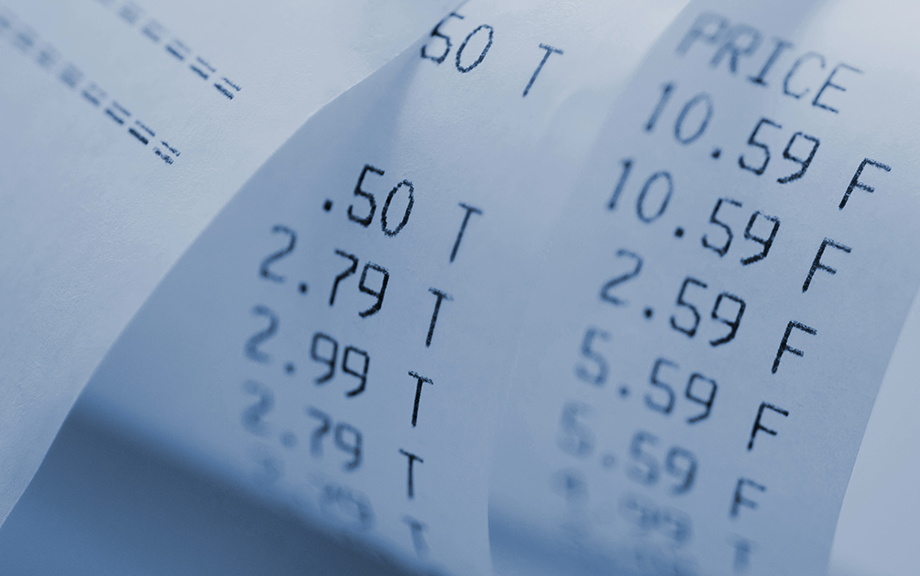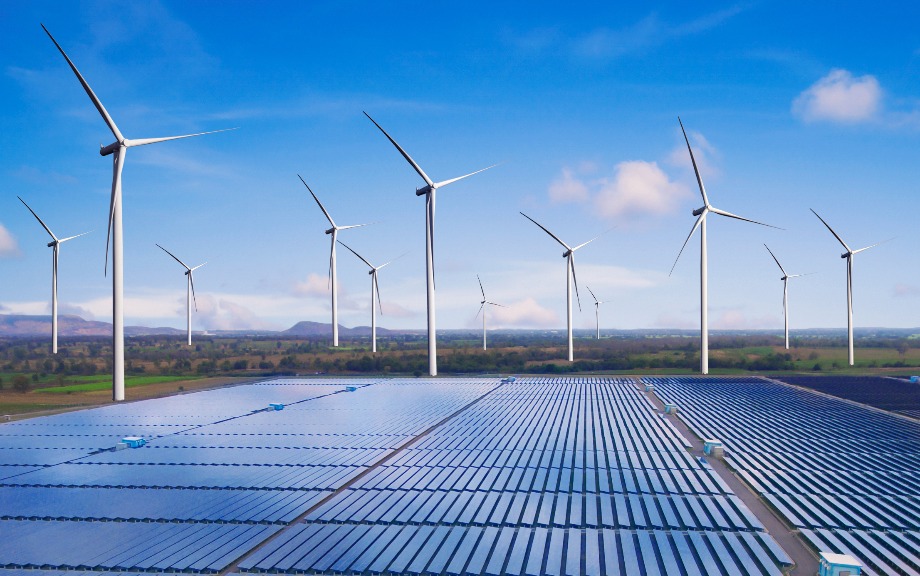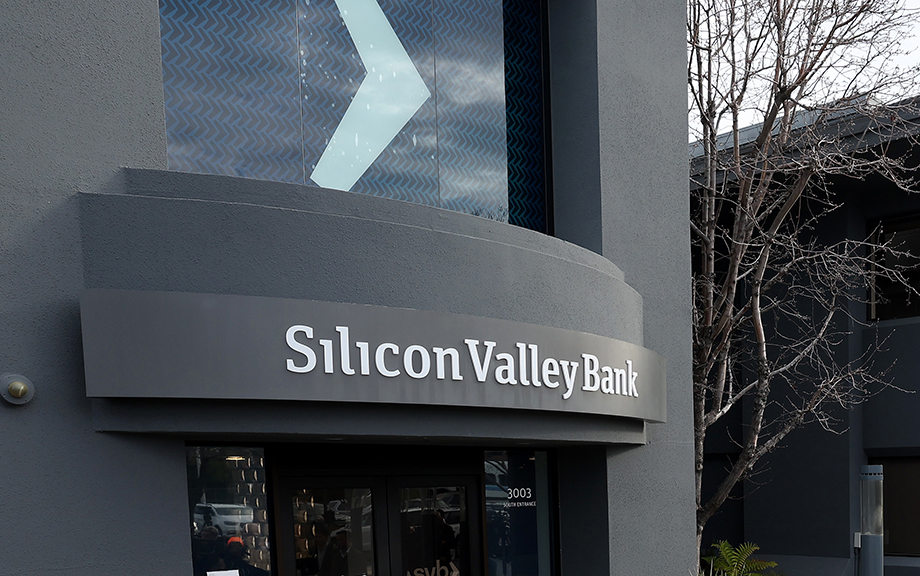
Job gains exceeded output growth in 2022, bringing GDP per worker back down to its trend level after being well above for an extended period. Employment is consequently set to grow slower than output going forward, as it typically does. Breaking down the GDP per worker by industry, though, shows a significant divergence between the services and goods-producing sectors. Productivity in the services sector was modestly above its pre-pandemic path at the end of last year, suggesting room for relatively strong employment growth, with the gap particularly large in the health care, professional and business services, and leisure and hospitality sectors. Productivity in goods-producing industries, though, was depressed, implying that payroll growth is set to lag that sector’s GDP growth.



















 RSS Feed
RSS Feed Follow Liberty Street Economics
Follow Liberty Street Economics